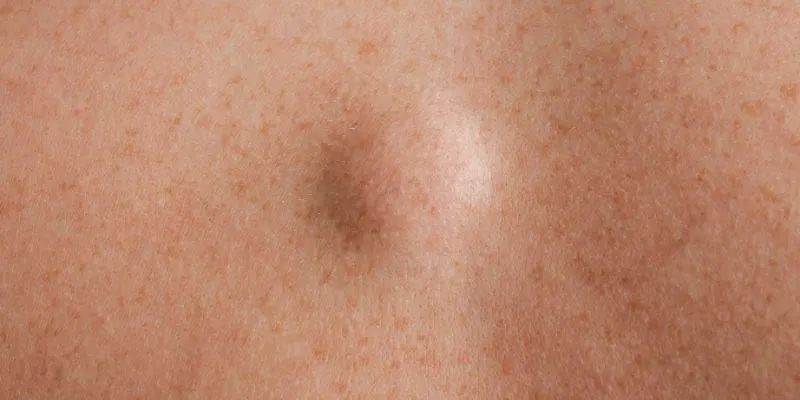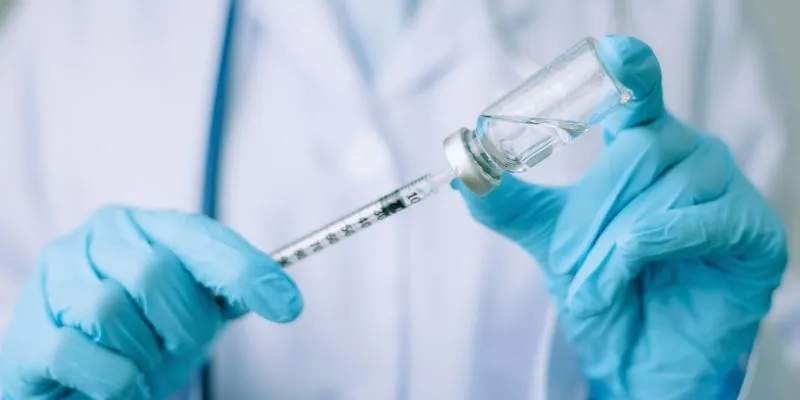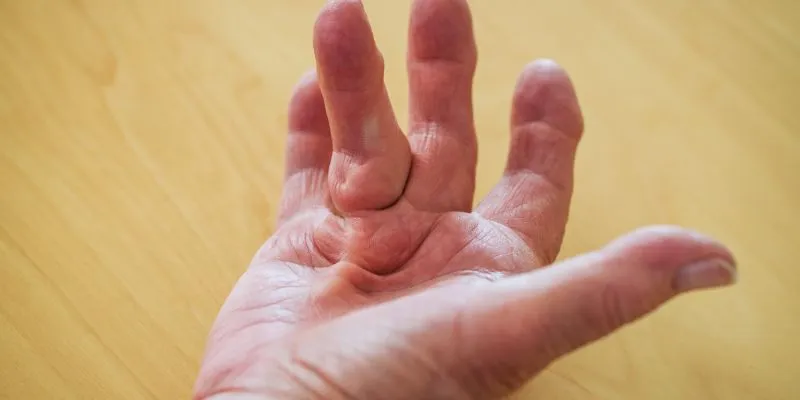What is a Lipoma?
Soft, movable lumps under the skin are benign adipose (fat) tumors called lipomas. Though harmless, they can cause concerns about appearance, discomfort, or complications if they press on nearby structures. Understanding their types, causes, symptoms, diagnosis, treatment options, and when to seek medical advice is crucial for anyone dealing with lipomas. Most common in fat-rich areas, lipomas can occur in anyone, but middle-aged adults are most susceptible. While lipomas are not cancerous and rarely cause serious health issues, knowing about their characteristics and treatment can help people make informed health decisions.

Lipoma Types
Lipomas are made up of adipose (fat) tissue and can be categorized into several types based on their characteristics, tissue composition, and body location. Understanding lipoma types is essential for diagnosis and treatment.
The Common Lipomas
The most common type of lipoma is a soft, movable lump under the skin. Although they can appear anywhere, these lipomas are most common on the torso, arms, and thighs. Most are smooth, rubbery, and painless, causing many people not to seek medical attention until they grow or affect their appearance.
Angiolipomas
Blood vessels give angiolipomas their unique vascular nature. Unlike other lipomas, angiolipomas are painful when pressed or moved. They typically occur on the forearms. While harmless, the presence of many blood vessels can cause pain and sensitivity. Angiolipomas—small, painful lumps—may need treatment if they rupture or cause difficulties.
Fibrolipomas
Compared to common lipomas, fibrolipomas have more fibrous tissue, making them firmer and less mobile under the skin. Their density can make fibrolipomas appear similar to other tumors in various locations. Despite being benign, their firmer structure can make them more noticeable and potentially concerning.
Pleomorphic Lipomas
Pleomorphic lipomas are rare due to their mix of fat and muscle or fibrous tissue. Their non-round, irregular shape often makes them appear malignant in imaging studies. While harmless, their shape may require close monitoring and surgery if they cause pain or concern about their appearance.
Myelolipomas
Myelolipomas, containing fat and hematopoietic tissue, are usually found in adrenal glands. Typically harmless, these tumors can become problematic if they press on nearby organs. Imaging tests for other conditions may accidentally reveal myelolipomas, which rarely cause symptoms. Due to their location, they must be monitored for size and growth to avoid complications.
Lipoblastomas
Lipoblastomas, generally found in children, consist of immature fat cells. Although benign, they can grow aggressively and require surgery to stop. These soft, movable tumors can occur in the trunk, limbs, and retroperitoneal space, making prompt diagnosis and treatment crucial.
Causes of Lipomas
Several factors may cause lipomas:
- Genetic Factors: Families with lipomas are more likely to develop them. Familial multiple lipomatosis can cause various lipomas.
- Age: Adults, especially those aged 40-60, have lipomas most often. Lipomas may increase with age.
- Obesity: Some research suggests that obesity may contribute to lipomas, which can occur at any weight. Fat can promote lipoma growth.
- Trauma: There is anecdotal evidence that physical trauma can cause lipomas, but scientific evidence is lacking.
- Hormonal Changes: During puberty and menopause, hormonal changes may affect lipoma growth, although this connection is understudied.
- Spontaneous Occurrence: While these factors may cause lipomas, most occur spontaneously without a clear cause.

Symptoms of Lipomas
Lipomas have distinct characteristics, making them easy to identify. Common symptoms include:
- Soft, Movable Lumps: Lipomas are most noticeable as soft, rounded lumps under the skin. They move quickly and painlessly when pressed.
- Size: Large lipomas can be over 5 centimeters. Most grow slowly and can be found in various body parts.
- Shape and Texture: Round or oval in shape, lipomas are smooth and may feel doughy or rubbery.
- Skin Appearance: Depending on the person and location, the skin overlying the lipoma may appear normal or slightly discolored.
- Painless: In most cases, lipomas don’t hurt or itch. However, if a lipoma presses on nearby structures, it may cause pain or limited mobility.
- Differentiation: Lipomas should be distinguished from cysts and tumors, which have different symptoms. Consult a doctor for a diagnosis of any new lumps or growths.
Lipoma Diagnosis
Lipomas are diagnosed using clinical examination and imaging. Common steps include:
Physical Exam:
Healthcare providers will examine the lump physically first. Its size, shape, texture, and location will be evaluated. Physicians will also ask about the patient’s medical history, including any family history of lipomas.
Imaging Tests:
Imaging may diagnose and rule out other conditions. Popular imaging methods include:
- Ultrasound: This painless test uses sound waves to create images of the lump, assessing its solidity, cystic nature, size, and location.
- MRI and CT Scans: These provide better visualization of lipomas near nerves or major blood vessels, offering clear images of soft tissues to confirm and identify issues.
Biopsy:
While rarely necessary for diagnosing lipomas, a biopsy may be performed. Lab testing on a small tissue sample can confirm a lipoma diagnosis.
Lipoma Treatments
Unless they cause pain or cosmetic issues, lipomas rarely need treatment. Those seeking removal have several treatment options:
- Surgical Removal: Lipoma removal by surgery is the most common and effective treatment. The doctor removes the lipoma and a margin of healthy tissue during this outpatient procedure, effectively preventing recurrence.
- Liposuction: Smaller lipomas may be removed using liposuction, which suctions fat from the lipoma with a thin tube. Although less invasive and scarring-free, this method might not entirely remove the lipoma, causing possible recurrence.
- Corticosteroid Injections: These may shrink lipomas, although the lipoma may not disappear entirely after this treatment.
- Watchful Waiting: For asymptomatic lipomas that don’t cause problems, healthcare providers may advise monitoring the lipoma for size or symptom changes without immediate treatment.
When to Consult a Doctor?
Lipomas are usually harmless. However, medical consultation is necessary in certain situations. Understanding changes in lipoma size and shape is crucial. Immediate examination is required if a lipoma grows, changes shape, or causes pain. These changes could indicate that the lipoma needs further evaluation to rule out any underlying issues.
Additionally, see a doctor if you have multiple lipomas, especially if they appear suddenly, to rule out genetic conditions. Any new lumps or growths should also be checked by a doctor, especially if they look different or have warning signs of a more serious issue. It’s essential to monitor the symptoms and appearance of lipomas and seek medical help when necessary. Early evaluation ensures peace of mind and quick resolution of potential problems.
Conclusion
Lipomas are benign fat tumors commonly found on the trunk, shoulders, neck, and thighs. These soft, movable lumps are painless and slow-growing, but their size can raise concerns about appearance or comfort. Understanding the characteristics, causes, such as genetics and physical trauma, and treatment options of lipomas is crucial. Knowing when to seek medical advice for changes in size, shape, or symptoms helps people manage their health. Most lipomas don’t need treatment, but monitoring their size or new growths ensures timely evaluation and intervention, improving well-being and health management confidence.










